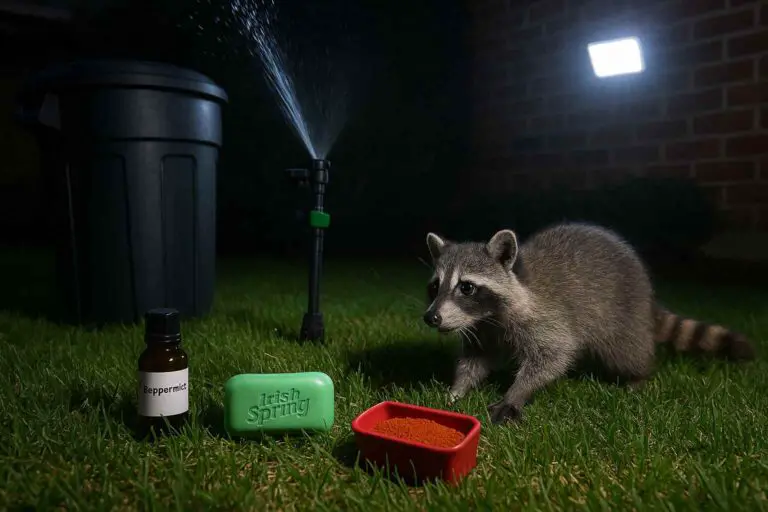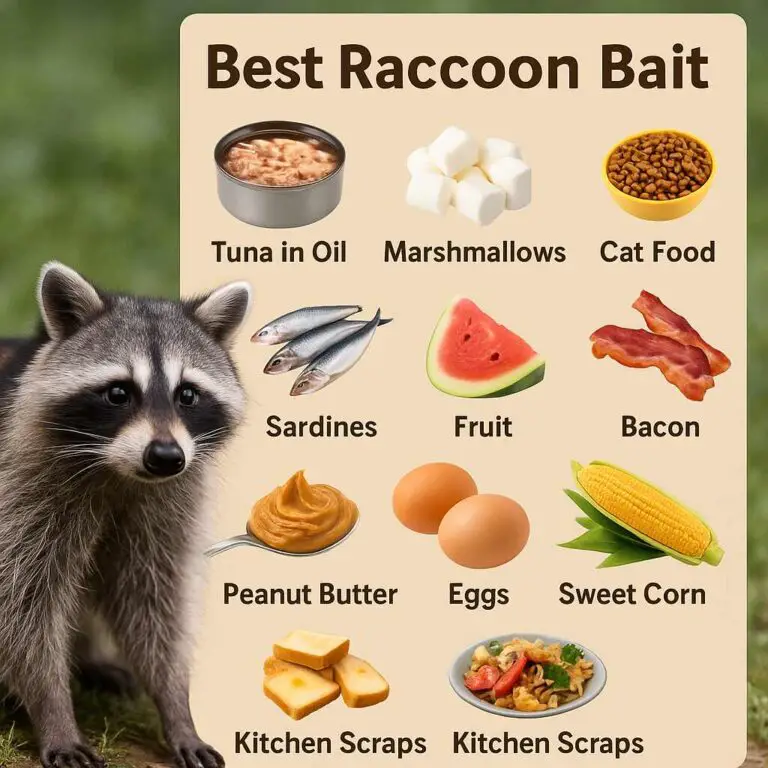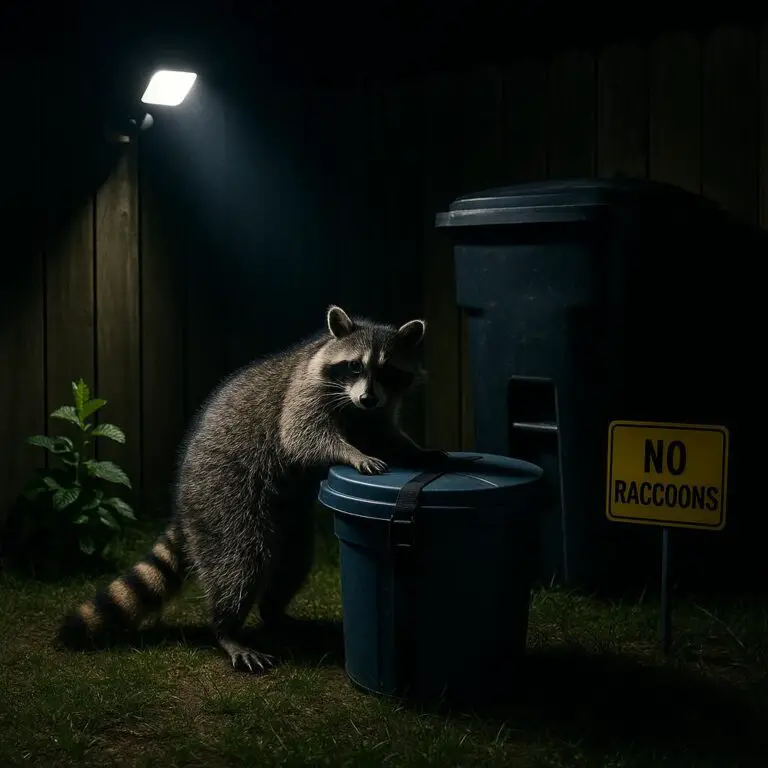Raccoons are common in many areas and can be fascinating to observe in the wild. However, identifying their presence through feces can be crucial, especially in residential areas, due to the health risks associated with raccoon droppings. This article will provide a comprehensive guide on identifying raccoon feces, comparing it with other animal droppings, and offering a visual guide for accurate identification.
Description of Appearance, Size, and Color
Appearance
Raccoon feces are typically tubular and have a blunt end. The texture can vary depending on their diet but is generally solid. A closer inspection might reveal undigested food particles such as seeds, berries, and insect exoskeletons, which are common in a raccoon’s diet. Occasionally, raccoon feces might also contain fragments of fur, feathers, or bones from small animals they might have consumed.
Size
The size of raccoon feces can vary, but it typically measures about 2 to 3 inches in length and around 0.5 to 1 inch in diameter. It’s larger than rat feces but smaller than dog feces, making size an important identifying factor.
Color
The color of raccoon feces can range from dark brown to black, often influenced by their diet. Fresh droppings tend to be darker and glossier, while older feces become dry, pale, and crumbly over time.
Raccoon Feces vs. Other Animal Droppings
Comparison with Dog Feces
- Appearance: Dog feces are typically larger and more uniform in shape. They rarely contain identifiable food particles like seeds or berries.
- Size: Dog feces are generally larger, often exceeding 3 inches in length and more than 1 inch in diameter.
- Color: While dog feces can vary in color depending on their diet, they are often lighter and less likely to contain the varied contents found in raccoon feces.
Comparison with Cat Feces
- Appearance: Cat feces are smaller, firmer, and more segmented compared to raccoon droppings. They are typically buried in a litter box or soft ground.
- Size: Cat feces are smaller, usually around 1 to 2 inches in length and about 0.5 inches in diameter.
- Color: Similar to dog feces, cat droppings are influenced by their diet but are generally not as dark as raccoon feces and do not contain identifiable food particles.
The Comparison with Rat Feces
- Appearance: Rat feces are much smaller and more pellet-like. They are smooth, with pointed ends, unlike the blunt-ended raccoon droppings.
- Size: Rat feces are significantly smaller, typically measuring about 0.5 inches in length and much thinner.
- Color: Rat feces are dark, often black, but do not change color significantly as they age. They also do not contain visible food particles.
Visual Guide to Identifying Raccoon Feces
Images and Identification Tips
Visual identification is a key part of accurately determining the presence of raccoon feces. Here are some tips and descriptions, along with images, to help with identification.
- Tubular Shape: Look for a cylindrical shape with blunt ends. This is a distinguishing characteristic of raccoon droppings.
- Size Comparison: Measure the feces to confirm they are around 2 to 3 inches long and 0.5 to 1 inch in diameter.
- Color and Texture: Note the color, which should be dark brown to black. Fresh feces will be darker and glossy, while older feces are lighter and crumbly.
- Contents: Inspect for visible seeds, berries, insect parts, or other food particles. These can provide a clear indication that the feces belong to a raccoon.
Health Risks Associated with Raccoon Feces
It’s crucial to handle raccoon feces with extreme care due to the risk of Baylisascaris procyonis, a parasitic roundworm that can be harmful to humans. Symptoms of infection can range from mild to severe, including nausea, lethargy, and even neurological damage. According to a study published by the Centers for Disease Control and Prevention (CDC), cases of Baylisascaris infection are rare but potentially severe, highlighting the importance of proper handling and disposal of raccoon feces .
Steps to Safely Remove Raccoon Feces
- Protective Gear: Wear gloves, masks, and protective clothing to avoid direct contact with feces.
- Disposal: Use a shovel or similar tool to scoop up the feces and place them in a sealed plastic bag.
- Disinfection: Clean the affected area with a disinfectant to eliminate any residual pathogens.
- Personal Hygiene: Wash hands and exposed skin thoroughly with soap and water after handling raccoon feces.
Preventing Raccoons from Entering Your Property
To minimize the risk of raccoon presence and the associated health risks, take the following preventive measures:
- Secure Trash: Use raccoon-proof trash cans with tight-fitting lids.
- Close Off Entry Points: Seal any openings in your home or shed that raccoons could use to gain entry.
- Remove Food Sources: Do not leave pet food or bird seed outside, as these can attract raccoons.
- Use Repellents: Consider using commercial raccoon repellents or natural deterrents like ammonia-soaked rags placed around your property.
Interesting Findings and Statistics
- Raccoon Behavior: Raccoons are known to use communal latrines, where multiple individuals defecate in the same location. This behavior can lead to significant accumulations of feces in specific areas .
- Urban Adaptation: Studies have shown that raccoons are highly adaptable and often thrive in urban environments where food and shelter are readily available .
- Dietary Influence: Research indicates that the diet of urban raccoons often includes a significant amount of human-provided food, which can influence the appearance and content of their feces .
Links to Additional Resources
- CDC – Baylisascaris Infection
- National Wildlife Health Center – Raccoon Roundworm
- Wildlife Control – Raccoon Feces Identification
Final Thoughts
Identifying raccoon feces accurately is essential for managing potential health risks and preventing future issues. By understanding the appearance, size, and color of raccoon droppings and comparing them with other animal feces, you can make informed decisions about handling and preventing raccoon presence.
Always prioritize safety when dealing with animal feces, and take proactive steps to keep raccoons away from your property.
This comprehensive guide should equip you with the knowledge needed to identify raccoon feces and address related concerns effectively. For further information, consult wildlife experts or local pest control services.
References
- Centers for Disease Control and Prevention (CDC). Baylisascaris Infection. Retrieved from CDC – Baylisascaris Infection.
- National Wildlife Health Center. Raccoon Roundworm. Retrieved from USGS – Raccoon Roundworm.
- Urban Raccoon Behavior Study. (2020). Adaptation to Urban Environments. Journal of Urban Wildlife, 15(2), 123-136.
- Dietary Habits of Urban Raccoons. (2019). Influence of Human-Provided Food on Raccoon Diets. Wildlife Research, 46(4), 457-465.








